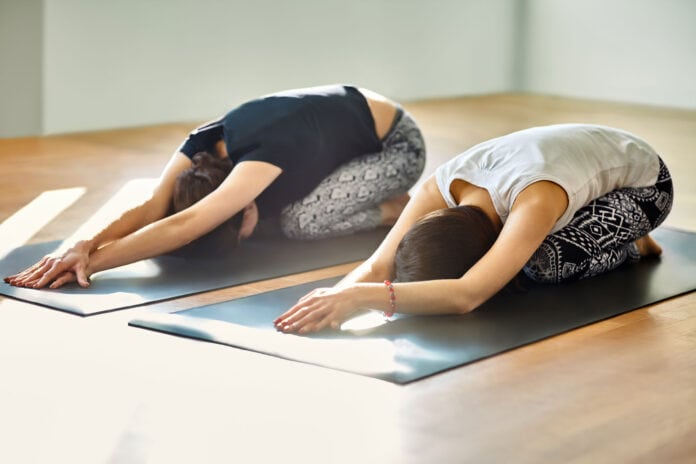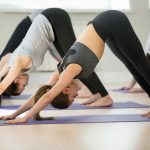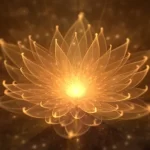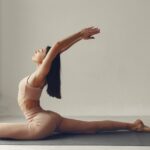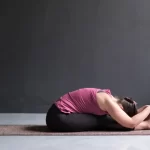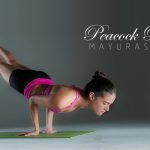Child’s Pose (Balasana) centers on creating a moment of rest where the body can be still. It is a foundational yoga posture that reminds us that inaction can be as valuable as action.
Child’s Pose isn’t entirely inactive if you take the version with your arms outstretched in front of you, which engages and stretches your back muscles as well as your shoulders and arms. Because Balasana involves compressing the body on the mat or floor, it can be challenging—physically and emotionally. There are multiple variations that can help different bodies relax into the pose.
Learning to surrender to the pose is an important part of the practice. “It is a very simple pose to begin with physically, yet it requires patience and the ability to surrender to gravity and a state of non-doing,” Peter Sterios, a yoga teacher and author of Gravity & Grace. “While it may not be a physically challenging posture, Balasana will help you cultivate the attitude necessary for deeper practice.”
Sanskrit
Balasana (bah-LAHS-anna)
Bala = child
Child’s Pose (Balasana) Basics
Pose type: Forward Fold
Target area: Full Body
For some, this pose may ease symptoms of headaches, migraines, and PMS.
How to do Child’s Pose (Balasana)
- Kneel on the floor. Touch your big toes together and sit on your heels, then separate your knees about as wide as your hips. (For more of a massage along the front of the body, keep your knees closer together.)
- Exhale and fold forward; lay your torso down between your thighs. Narrow your hip points toward the navel, so that they nestle down onto the inner thighs. Broaden across the back of your pelvis at the sacrum and lengthen your tailbone away from the back. Tuck your chin slightly to lift the base of your skull away from the back of your neck.
- Walk your hands out toward the front of your mat for the Extended Child’s pose. Or reach back toward your feet and rest your arms on the floor alongside your torso, palms up, releasing the fronts of your shoulders toward the floor. Allow the weight of the shoulders to pull the shoulder blades wide across your back.
- Balasana is a resting pose. Stay anywhere from 30 seconds to a few minutes.
To come up, first, lengthen the front torso, and then with an inhalation lift from the tailbone as it presses down and into the pelvis.
Beginner tips
- Don’t be afraid to play with different iterations! You can spread your knees slightly wider or bring your arms alongside your legs, palms up. See what these modifications bring up for you and which version of the pose feels most connected to your body.
- If you wish, instead of extending your arms on the floor, reach them back alongside your feet, palms facing up.
- Don’t shy away from using blocks, blankets, or bolsters. Child’s Pose is meant to be restful and soothing. Whatever your best experience of the pose is, you should strive to create and lean into that posture.
Variations
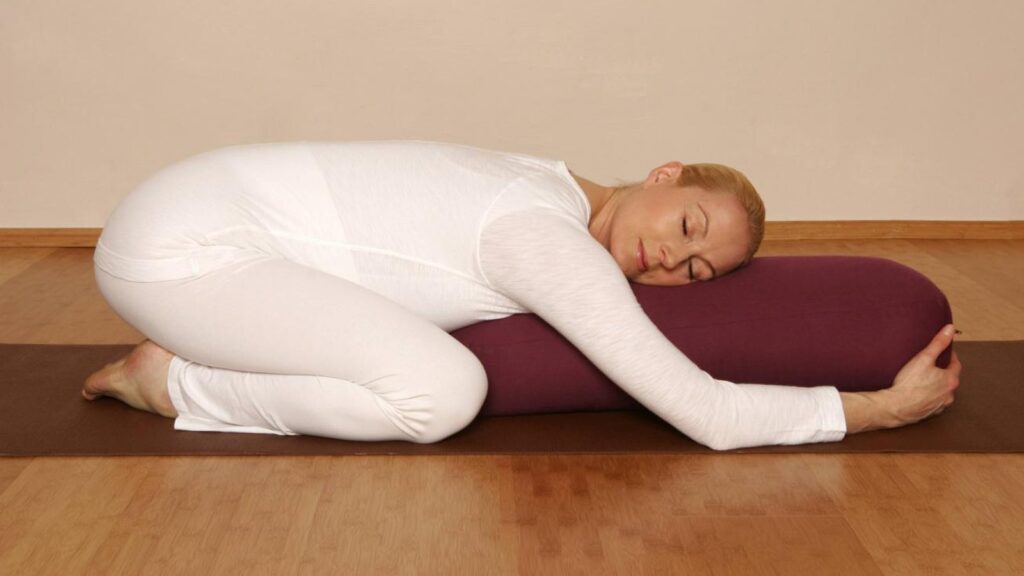
Child’s Pose with a bolster
Begin on your hands and knees. Place a bolster vertically between your inner thighs and slowly release down onto it. A rolled blanket or pillow placed between the backside of your thighs and calves may provide further support.
Bring your forehead or cheek to the bolster. If you rest a cheek on the bolster, be sure to flip to the opposite cheek after a few breaths to maintain an even stretch across both sides of your neck. If you have a longer torso, you may need to place a block under your forehead or cheek to keep your neck in line with your spine.
Take at least 8–10 deep breaths, or remain in the pose as long as you like.
Child’s Pose with a block.
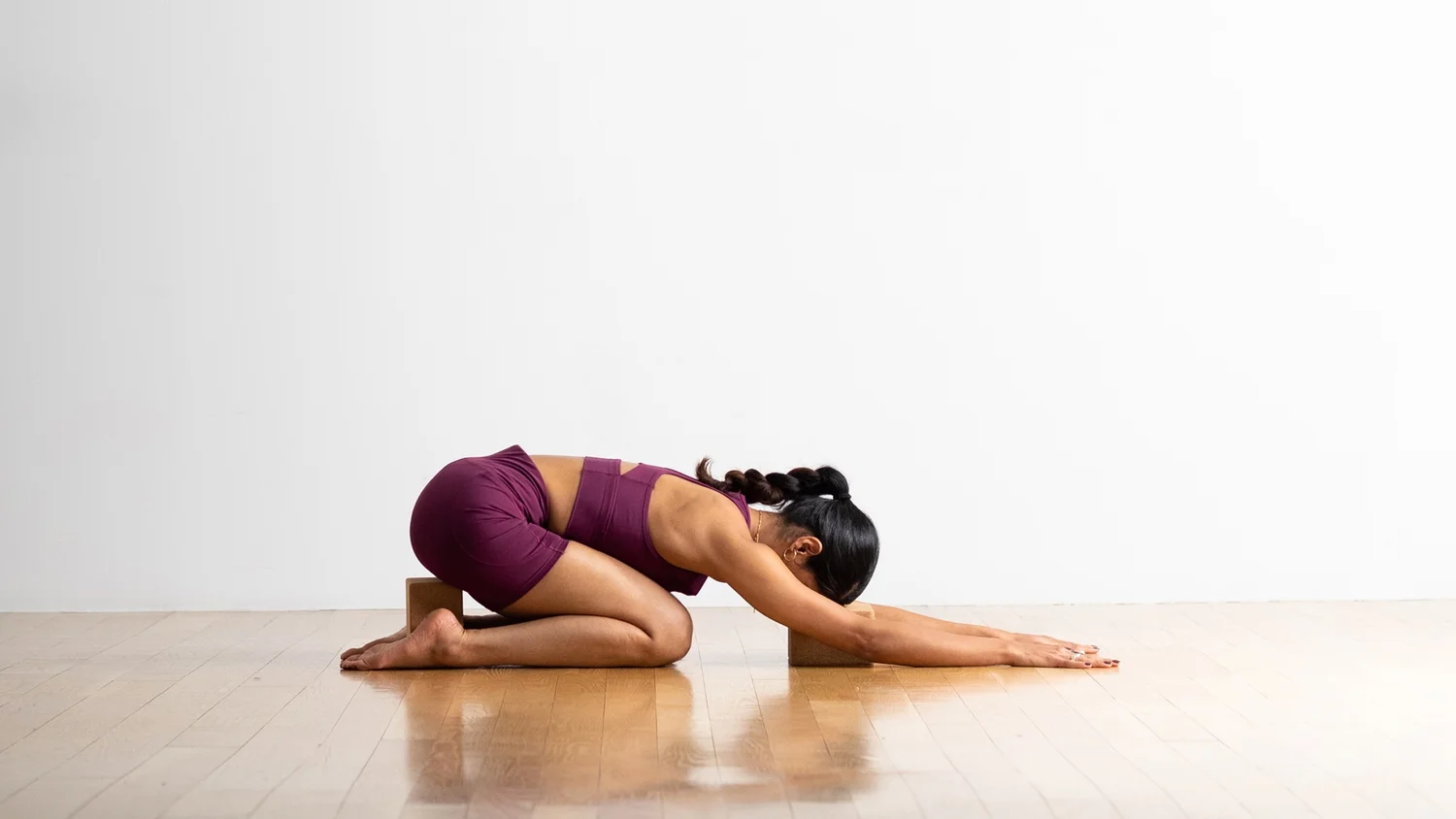
Child’s Pose with a block
Why we love Child’s Pose
Why We Love Child’s Pose delves into the personal experiences and insights of various practitioners and experts, highlighting the profound value of Child’s Pose (Balasana) in yoga. It discusses how the pose is often misunderstood as merely a resting posture for when students are fatigued, and shares the evolving perspectives on Child’s Pose as a moment of quiet, stillness, surrender, and profound strength.
Preparatory and counter poses
Balasana, also known as Child’s Pose, is a versatile yoga posture that can be incorporated into your practice either at the beginning of a session or towards the end. This adaptable pose does not demand an extensive warm-up, although it can be enhanced by gentle stretching of the hips and shoulders to facilitate relaxation.
Due to its neutral nature in terms of spinal extension, Child’s Pose can be seamlessly integrated into yoga sequences at various points. It serves not only as a resting pose but also as an effective counterpose, particularly following backbend sequences. This flexibility in placement allows yoga instructors and practitioners to utilize Child’s Pose strategically based on the flow and intent of their practice.
Anatomy
Balasana, commonly referred to as Child’s Pose, is a restorative yoga posture designed to induce a state of relaxation. It offers a gentle release of tension in the muscles along the front of the body while facilitating a passive stretch in the muscles of the back. Although some practitioners may experience a mild stretching sensation in specific muscles and joints, it’s crucial to emphasize that the stretch should be approached with a passive and non-forceful mindset.
In the accompanying illustrations, the stretched muscles are highlighted in pink to help you better understand the areas affected by this posture.
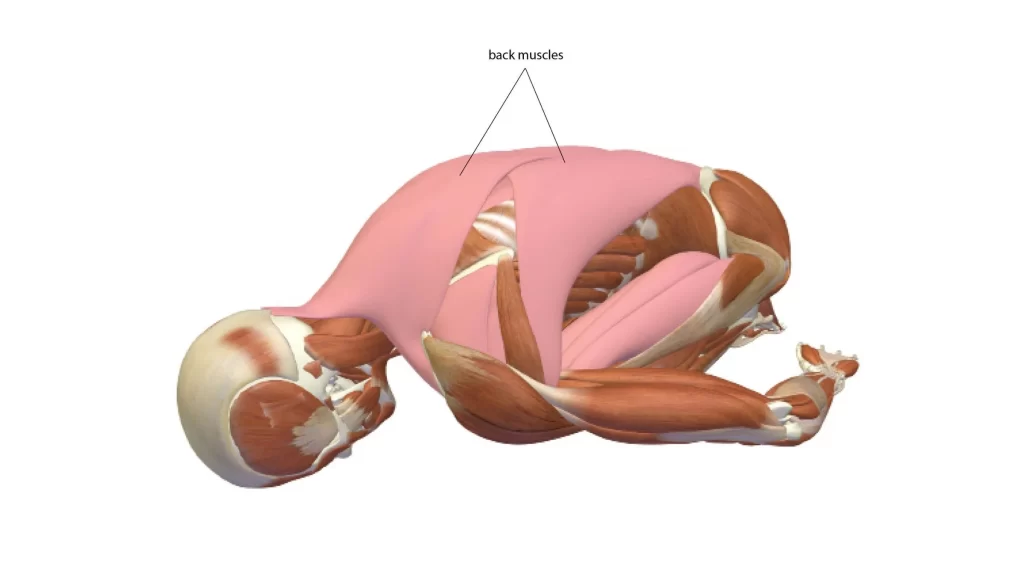
In this pose, ease is brought into all muscles in the body. On the upper back, this includes the rhomboids, connecting the spine and the shoulder blades, as well as the middle trapezius, which spans the back, and the posterior deltoids (at the back of the shoulders).
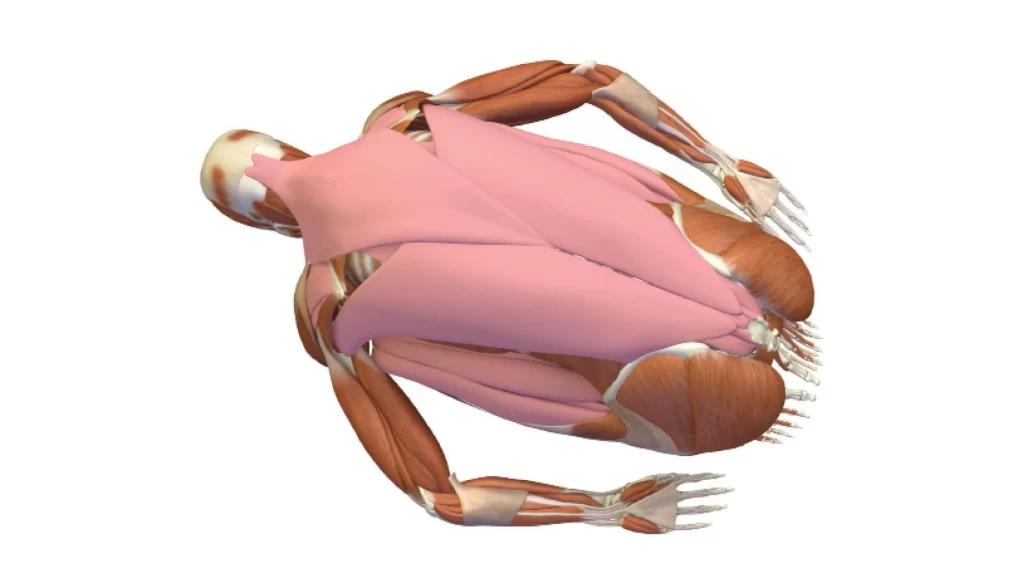
In conclusion, Child’s Pose is a deeply restful and meditative yoga posture that encourages relaxation and serenity. By practicing this pose with proper form and mindfulness, you can find a sense of calm and rejuvenation in your yoga practice.
















